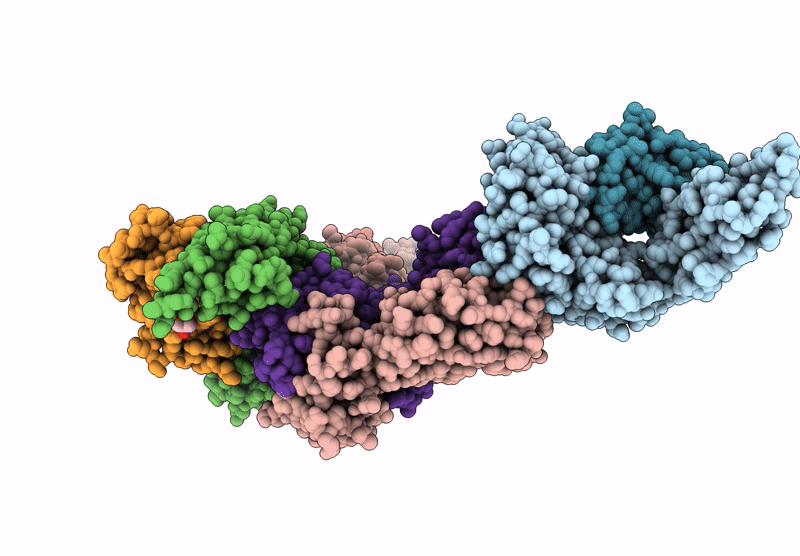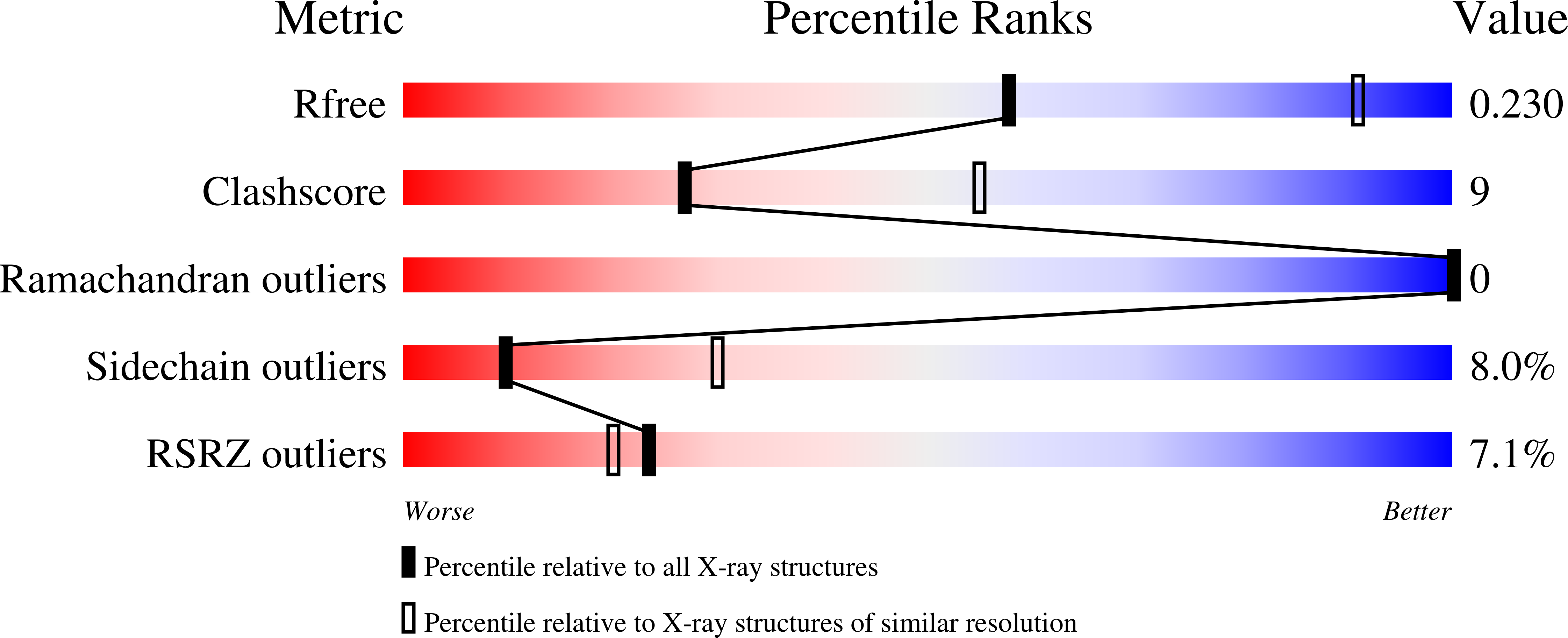
Deposition Date
2024-05-15
Release Date
2024-12-25
Last Version Date
2025-01-29
Entry Detail
PDB ID:
9BU0
Keywords:
Title:
Structure of human MAIT A-F7 TCR in complex with human MR1-salicylaldehyde
Biological Source:
Source Organism:
Homo sapiens (Taxon ID: 9606)
Host Organism:
Method Details:
Experimental Method:
Resolution:
2.89 Å
R-Value Free:
0.23
R-Value Work:
0.20
R-Value Observed:
0.20
Space Group:
C 1 2 1


